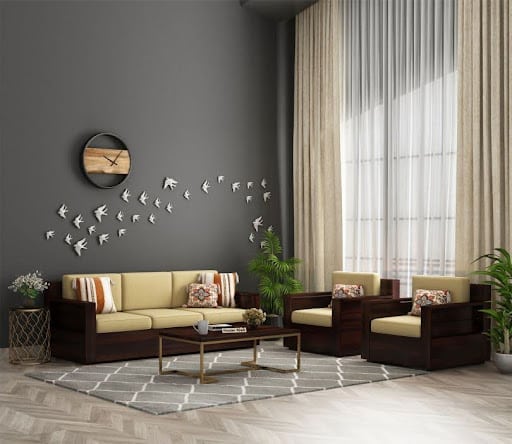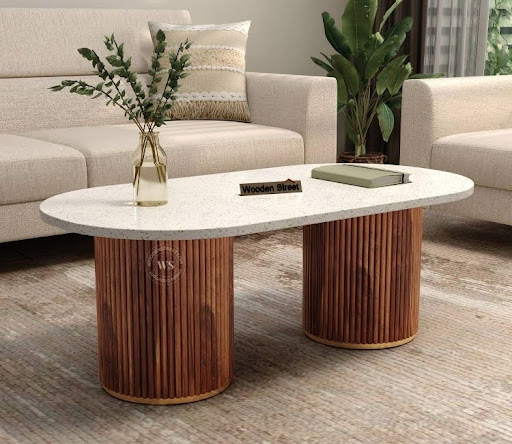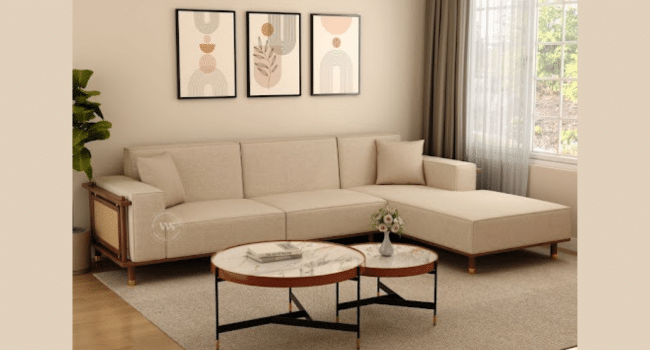Table of Contents
The living room is the heart of any home — it’s the place we relax, entertain guests, and spend high-quality time with family. The way your furnishings is arranged can definitely transform how this area feels and functions. A thoughtful furniture graph now not only enhances alleviation but also reflects your non-public style. Whether your residing room is small and comfortable or large and open, discovering the right arrangement makes a world of difference.
Here’s a complete information to assist you choose the ideal furnishings diagram for your living room.
1. Understand Your Space
Before placing any furniture, take a step returned and consider the dimension and shape of your residing room.
Measure the area: Note down the length, width, and ceiling height.
Identify focal points: It should be a TV unit, a fireplace, or even a giant window.
Check visitors flow: Ensure there is sufficient house to stroll around without bumping into furniture.
Understanding these basics will help you figure out the place to role your larger pieces, like a couch set, earlier than adding supporting elements.
2. Define the Purpose of the Room
Not each residing room serves the equal purpose. For some, it’s a area to entertain guests, while for others, it doubles as a family lounge or a work-from-home corner.
Entertainment-focused: Arrange the couch set dealing with the TV or amusement unit.
Conversation-focused: Place seating in a circular or U-shape to motivate interaction.
Multi-purpose: Use zoning techniques like rugs or displays to separate areas for work, play, and relaxation.
The feature you prioritize will information your fixtures placement.
3. Start with the Largest Pieces
When arranging furniture, always start with the largest items. In most cases, this is the sofa set.
Against a wall: Works properly in small dwelling rooms to free up space.
Floating sofa: Ideal for open layouts; function it away from the wall to create described zones.
Sectional sofa: Perfect for larger families or open spaces, supplying ample seating whilst anchoring the room.
Once the sofa set is in place, you can construct the relaxation of the layout around it.

4. Balance with Supporting Furniture
After arranging your sofa, convey in complementary pieces like chairs, ottomans, or recliners.
Leave at least 2–3 feet of strolling house between furniture.
Mix seating styles (e.g., pair a common couch with current accent chairs).
Avoid overcrowding — it’s higher to have fewer, well-placed portions than too many.
This balance creates concord without overwhelming the room.
5. Positioning the Coffee Table
A coffee table is greater than just a decorative piece — it’s a useful centerpiece in the living room.
Proportions: Choose one that’s about two-thirds the size of your couch set.
Spacing: Leave 18 inches between the couch and espresso table for at ease legroom.
Style tips: Use it to display books, candles, or a tray of necessities while retaining sufficient clear house for practical use.
In smaller rooms, reflect on consideration on nesting tables that can be tucked away when no longer in use.

6. Consider Traffic Flow
One of the biggest mistakes in furnishings association is ignoring motion patterns.
Ensure there’s a clear path from the entrance to other parts of the home.
Avoid blocking off windows or doorways with cumbersome furniture.
Use rugs strategically to anchor areas while preserving walkways open.
Good traffic flow makes the room experience extra inviting and much less cluttered.
7. Layer with Accessories and Lighting
Furniture placement sets the foundation, however add-ons whole the look.
Lighting: Use a combine of flooring lamps, table lamps, and ceiling fixtures. Place task lighting near reading chairs or a study nook.
Rugs: Define dialog zones with location rugs, making sure they prolong below at least the the front legs of your couch set.
Side tables: Place them next to chairs or sofas for handy get admission to to drinks or books.
These factors tie the furniture collectively whilst bettering each style and functionality.
8. Experiment and Personalize
Every dwelling room is unique, so don’t be afraid to experiment.
Try specific arrangements before finalizing.
Use apps or online room planners to visualize layouts.
Personalize the area with artwork, cushions, and indoor plants.
Ultimately, your residing room diagram must mirror how you live, now not just how it appears in magazines.
Conclusion
Choosing the right furniture sketch for your living room is all about stability — balancing alleviation with style, and practicality with personality. Start with the essentials, like putting your couch set thoughtfully, and then build around it with chairs, aspect tables, and the ideal coffee desk as a centerpiece. Keep site visitors drift in mind, layer with accessories, and don’t hesitate to test until you discover the arrangement that feels simply right.
A well-planned sketch doesn’t simply make your living room beautiful — it makes it a space where you honestly love to spend time.
